You can learn to sail on any sailboat, but smaller boats are usually better for beginners. Small boats respond fast to the wind, how people move to the ship, and steering commands, helping new sailors learn how sailing works more quickly.
People who begin learning on smaller boats steered with a tiller often feel a stronger bond with their ship and are more aware of their surroundings than those who start on bigger boats with steering wheels.
💥See also: Best Bluewater Sailboats Under 40 Feet
Top 7 best small sailing boats for wind lovers:
- Sailing dinghies
- Boats with tillers steering
- Small catamarans
- Boats with no winches
- Small sloops
- Trailerable sailboats
- Rotomolded boats
Best Small Sailing Boat Selection
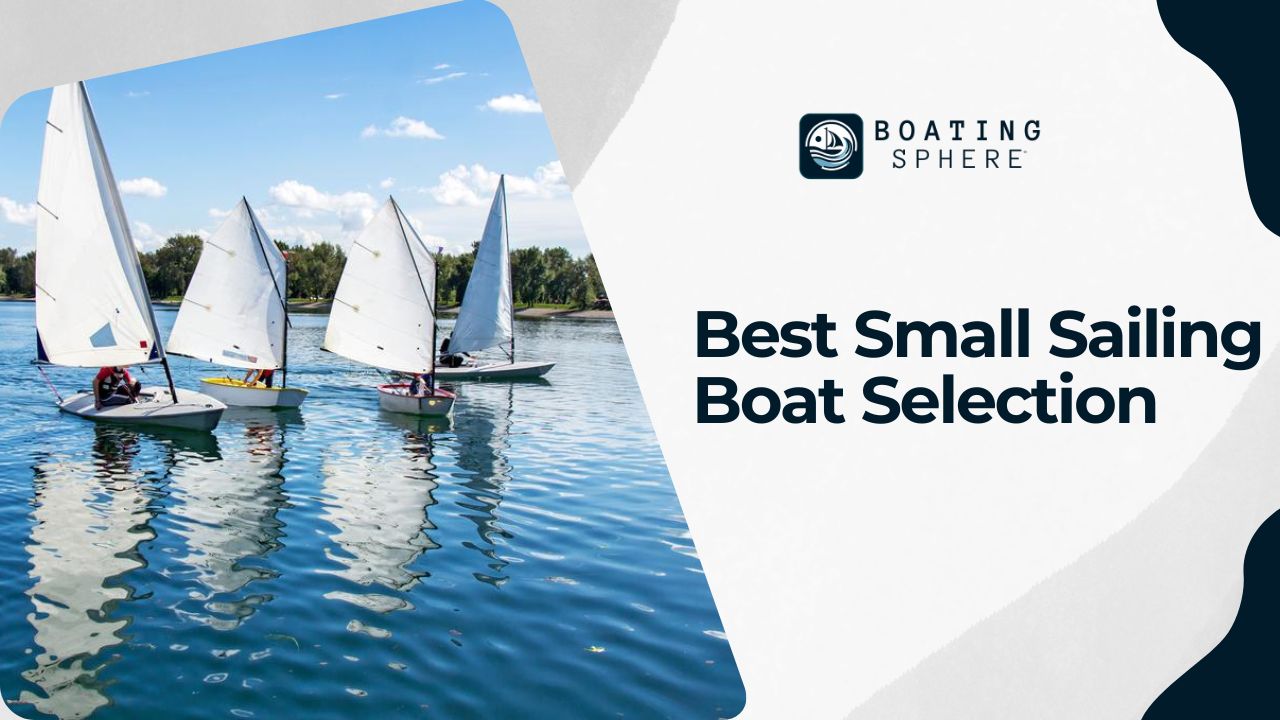
Yacht clubs and sailing programs often teach sailing using a mix of traditional and modern small boats. While it’s challenging to pinpoint the best small ships without naming specific models, certain characteristics stand out in ineffective training boats.
We encourage you to examine the features of the best small sailboats recommended for wind enthusiasts.
Sailing Dinghies

Sailing dinghies, typically equipped with a single mast and sail, simplify learning for children and newcomers by offering an uncomplicated setup. Their lightness and responsiveness, less daunting than vessels with multiple sails, alongside a shallow draft enabled by side or centerboards, allow for navigation in various locations. However, dinghies are prone to capsizing due to sudden wind gusts or shifts in crew weight, necessitating life jackets and swimming skills for participants. Generally, these boats are operated by one or two sailors.
Boats with Tiller Steering
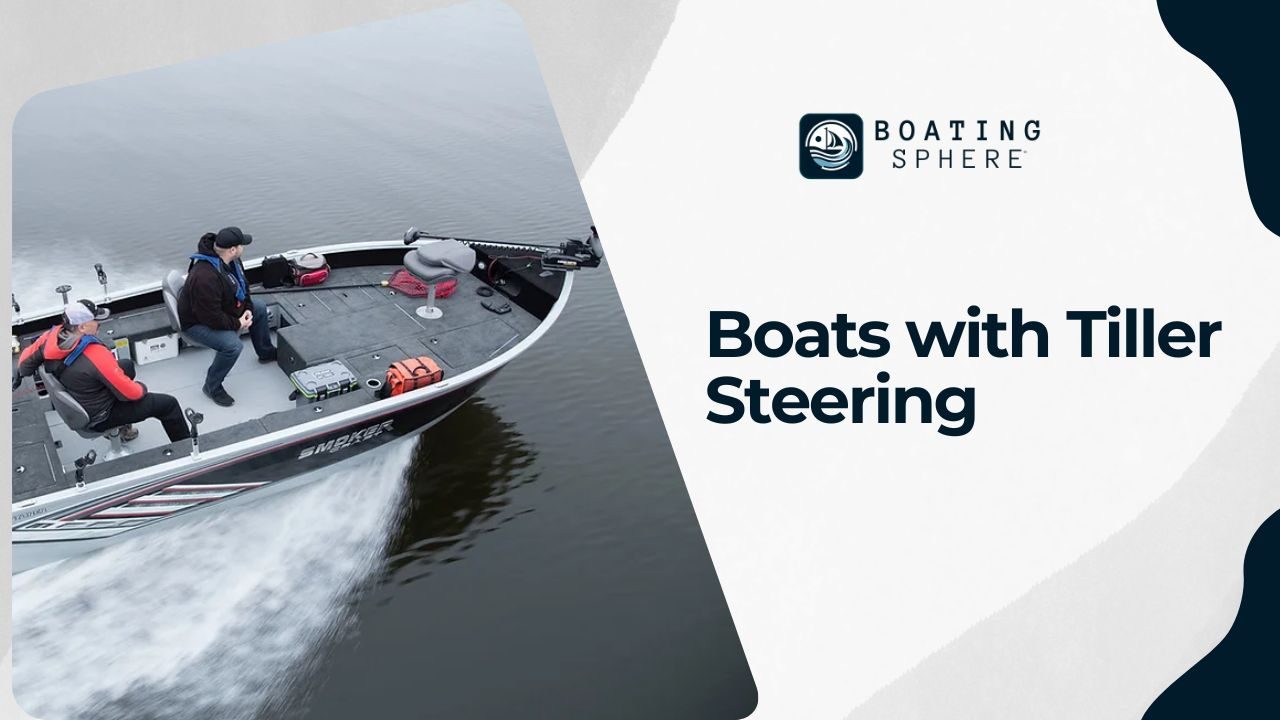
Using a tiller for steering, rather than a wheel, significantly impacts the learning process. Tillers, which link directly to the rudder controlling the vessel’s course, offer immediate insight into wind force and direction and how swiftly the boat can maneuver at different speeds.
Small Catamarans
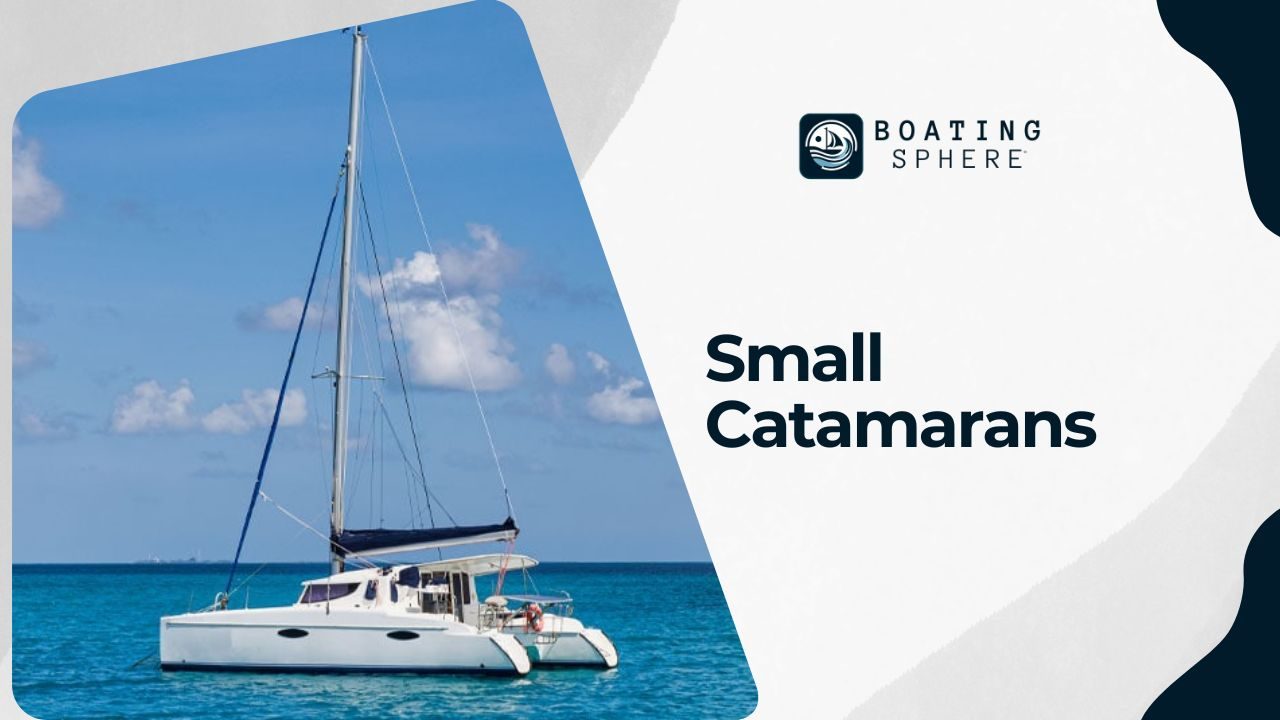
Small catamarans offer extra stability for individuals apprehensive about capsizing or uncomfortable with heeling (the act of a boat leaning due to wind pressure). Their dual-hull design creates a broad, stable platform, making them perfect for beginners. This stability is likely why many resorts choose them for beach sailing activities aimed at tourists. Typically equipped with one or two sails and steered by a tiller, these catamarans often feature a trampoline surface where students sit during sailing lessons.
Boats with No Winches
Boats designed without winches to operate sheets and halyards are ideal for beginners and young sailors. Such vessels typically don’t encounter the intense forces on sails and rigging that larger boats do, which can become overwhelming in strong winds. Instead of winches, these boats often utilize cam or jam cleats, which are simpler to handle.
Small Sloops
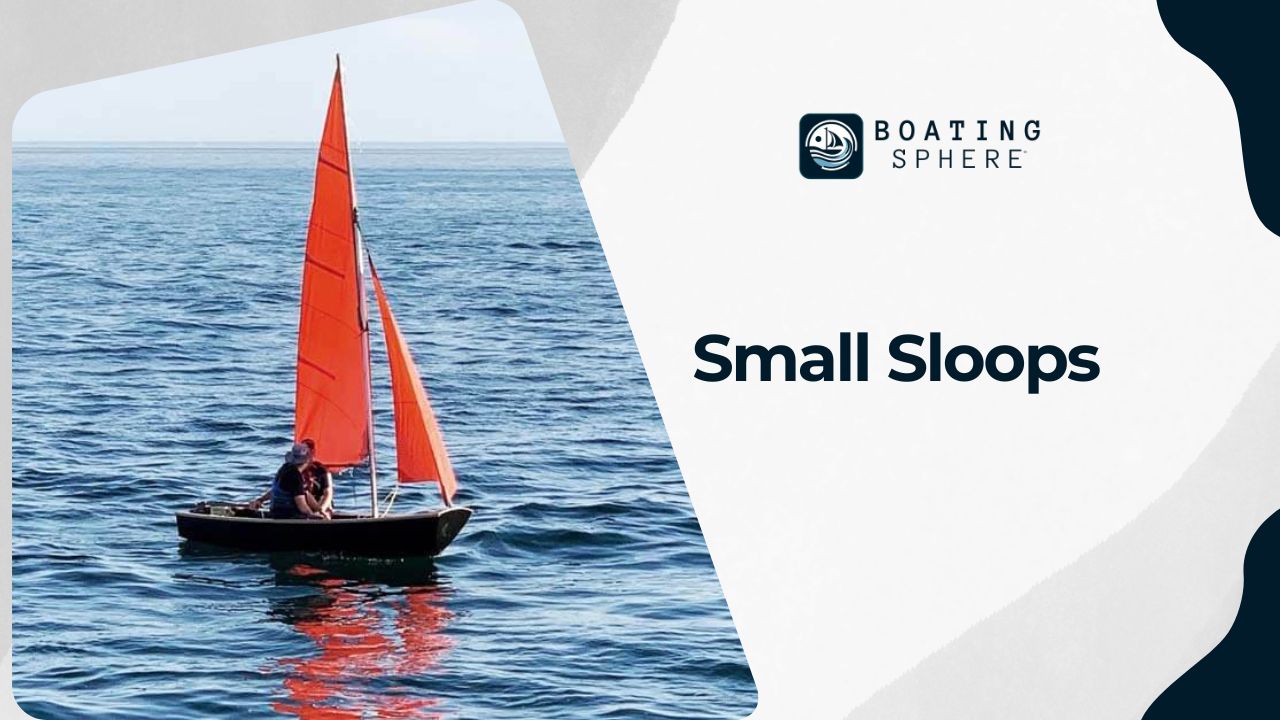
Small sloops featuring a mast that supports both a mainsail and a headsail serve as an educational progression, teaching sailors the coordination of sails. The headsails may either be attached directly or through a modest-sized roller furler. With some models devoid of winches, these sloops are simpler to handle and easier to upkeep. They are typically crewed by one to four people.
As sailors enhance their capabilities, some sloops offer opportunities for more intricate sailing experiences. These advanced models include spinnakers and larger headsails, introducing learners to diverse sail configurations and refined sail trimming methods. Additionally, certain sloops allow crew members to hike out, a technique where crew weight is shifted outward to counterbalance wind pressure on the sails, marking a step into more sophisticated sailing techniques.
Trailerable Sailboats
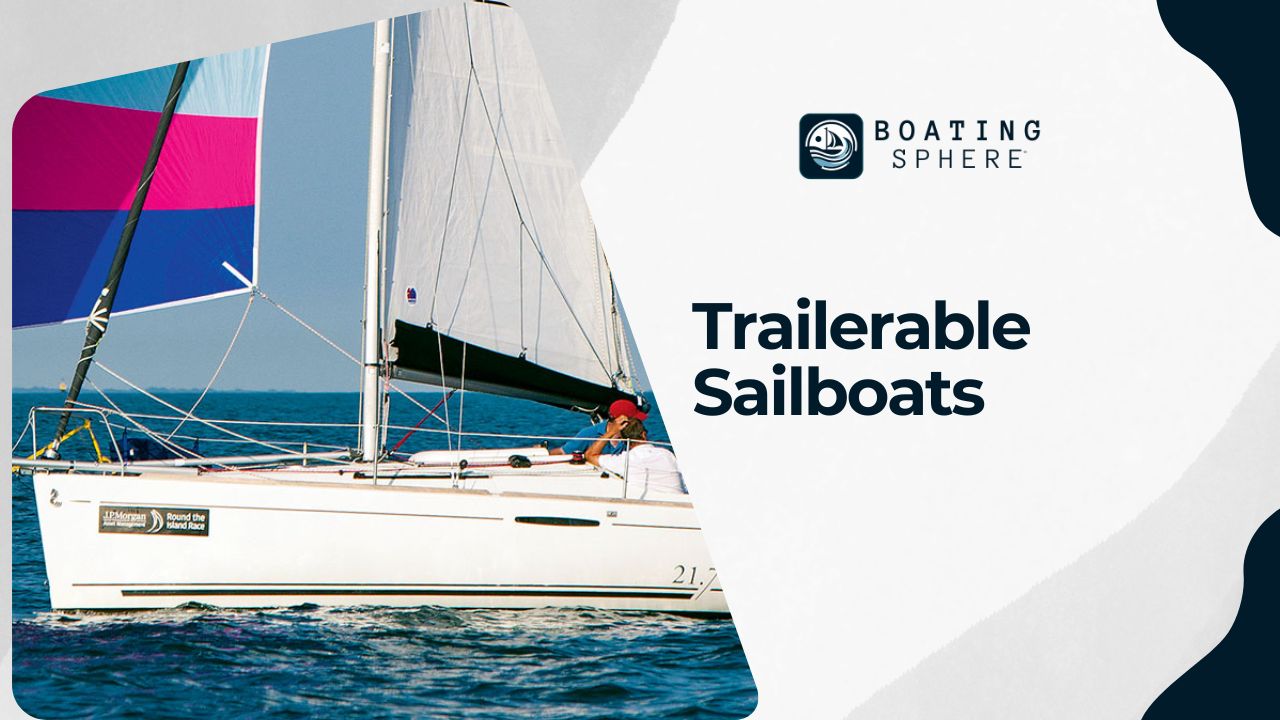
The ability to trailer small sailboats to various locations introduces diversity, enhancing the enjoyment and educational value of learning to sail. This mobility allows students to experience sailing under different wind and water conditions, offering new adventures during vacations or meeting new friends.
Sailing education engages all senses, demanding calmness, focus, and extensive practice. While there are multiple approaches to learning, beginning with a small, straightforward, safe, and resilient boat is often the most effective strategy.
Rotomolded Boats
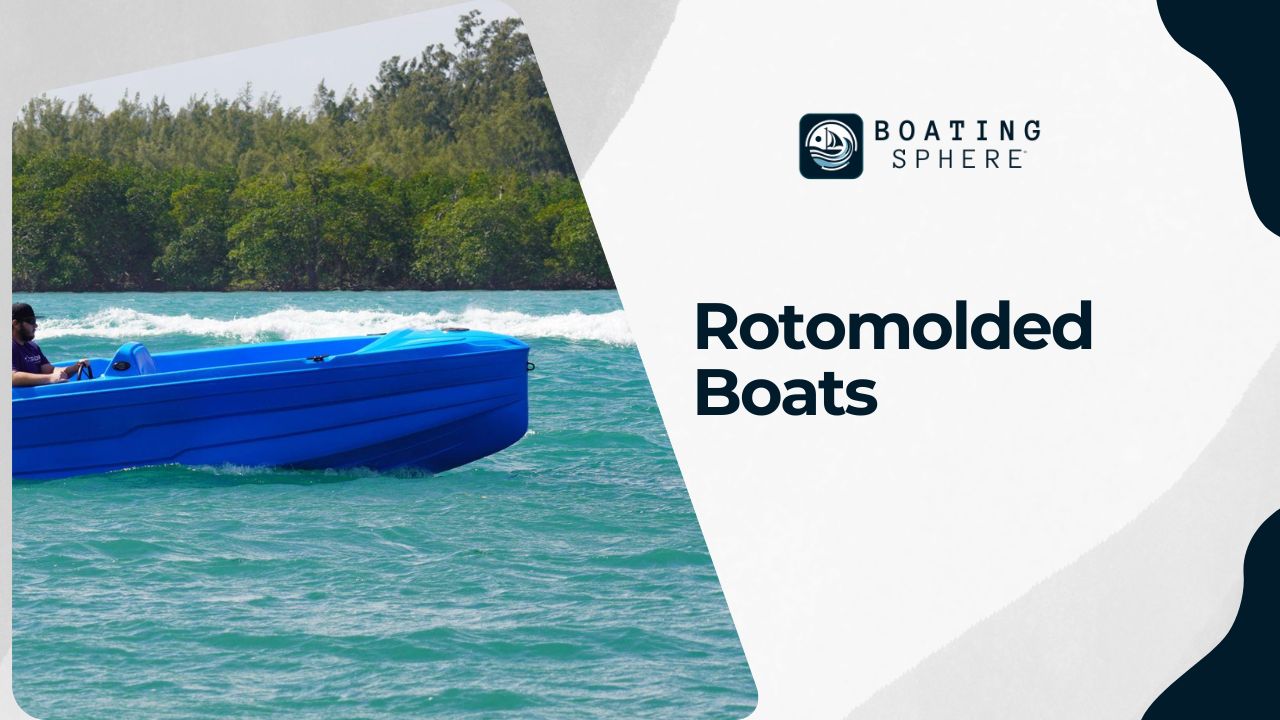
Due to their robust build, small rotomolded boats offer a high level of forgiveness for new sailors. Crafted from a plastic molding technique, unlike traditional fiberglass or wood, these vessels can withstand impacts with docks or other boats with minimal damage. This roto-molding process can be used to construct both dinghies and catamarans.
Final Thoughts
Each of these seven small boats offers a unique and enjoyable sailing experience, providing insight into wind dynamics, sail manipulation, and maintaining equilibrium on the water. Rest assured, within this selection, there’s a boat that aligns with your aspirations and lifestyle, laying a solid groundwork for your journey into sailing larger vessels.
The key lies in balancing choosing the ideal boat and not overcomplicating the decision. Ultimately, the best small boat is readily available to you, or you can handle it independently, ensuring you can quickly get onto the water to start learning and enjoying the experience.
Was this page helpful?

